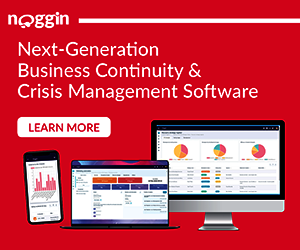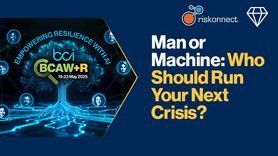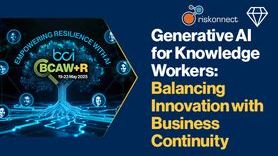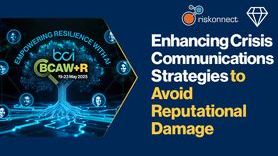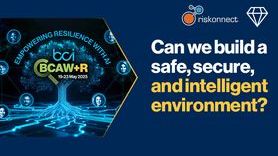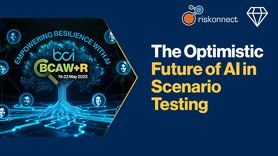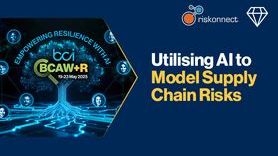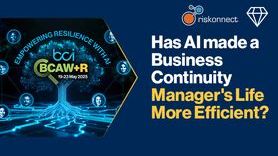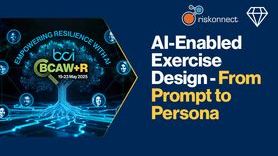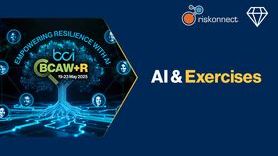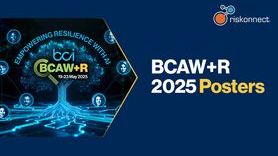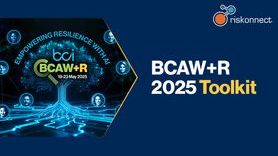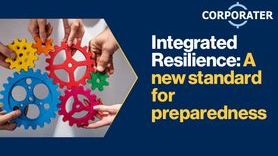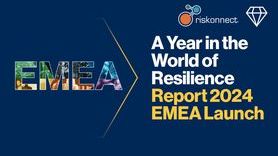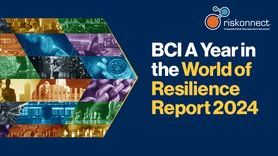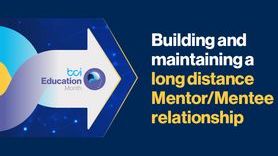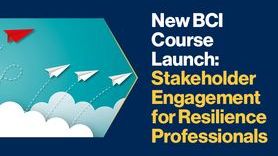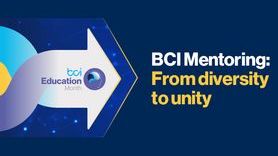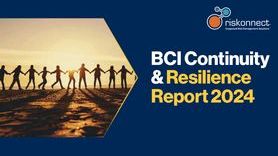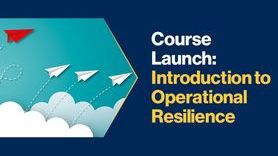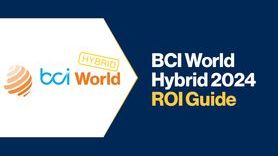Enhancing business continuity through strategic content management
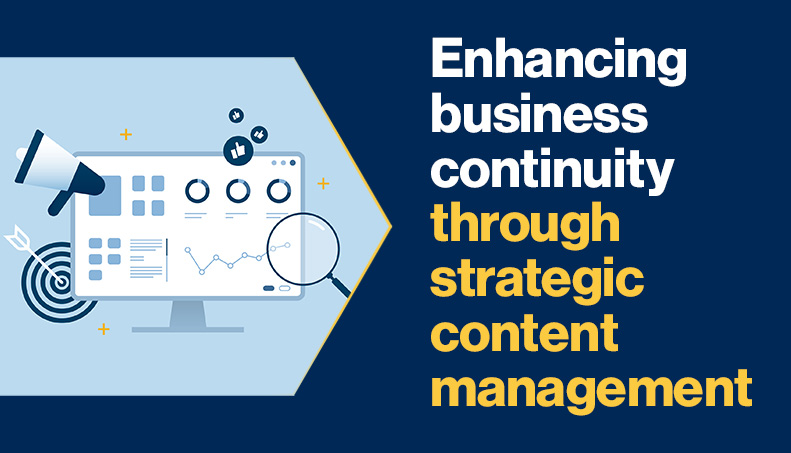
One of the biggest challenges organizations face in the digital terrain is managing vast amounts of information and content while ensuring operations remain continuous and persistent.
Given that information management is a pivotal requirement for ensuring high-quality customer service and cultivating a positive, enriching employee culture within an organization, it can be instrumental in empowering business continuity. Not just from an awareness perspective, but from an overall planning and execution standpoint.
It is important to recognise the collective impact of information, content and knowledge, and how they can shape an effective business continuity strategy.
In order to achieve this, organizations must rethink their approach to managing information and content. They should be recognised as essential elements of a broader strategic framework, instead of siloed document and content storage solutions. The alarming reality is that this might be more urgent than ever, given recent trends and practices in the cyber threat landscape.
The impact of poor content management during a crisis
Failure of critical business systems, including content management, during a crisis can have severe consequences. For instance, a ransomware attack on a healthcare organization or a data breach in the financial sector due to poor patch management can severely disrupt operations. These incidents highlight that all organizations face risks, however prepared they may deem themselves to be. Sensitive data, whether customer data, internal communications, or images and videos in a variety of file formats, can be compromised and misused if poorly managed.
Preserving information integrity, accessibility, and usability is of the utmost importance. Even organizations with robust, enterprise-grade security aren’t immune to data breaches if defensive protocols fail. Protecting organizational information prevents starting from scratch after disruptive cyber incidents.
Content and information management: A continuity perspective
Nowadays, many organizations recognise that information and knowledge remain two of their most valuable assets, helping them stand out from the noise. Devising a plan to maintain critical information and content during difficult times ensures that the data curated over the years is not discarded, nor is it lost along the way.
Every piece of content, whether it’s an infographic on operational procedures, PR, disaster recovery strategy documents, visual website content (more important for certain industries), customer service logs, or essential training and upskilling videos, has value to your organization before, during, and after a crisis.
Additionally, the accessibility of this content directly impacts an organization’s ability to respond to and recover from large disruptions.
Business leaders should consider an impartial, comprehensive risk assessment to identify content-related vulnerabilities across their entire organizational estate. To do this, it is necessary to explore several key dimensions:
- Accessibility: How quickly can authorised personnel access critical content during an emergency?
- Integrity: How can we ensure information remains accurate and unchanged?
- Availability: What systems ensure content remains accessible during technical failures?
- Compliance: How do we maintain regulatory requirements during disruptions?
Integration with existing business continuity or disaster recovery frameworks is vital, and no longer optional. This ensures that information and knowledge management isn’t treated as a separate function, but as an essential part of an organization’s long-term resilience strategy.
Building a resilient content management strategy
Preserving accessible information, knowledge-sharing processes, and digestible content ensures a well-designed business continuity plan and a resilient structure.
During disruptive times, information management and business continuity are vital. Organizations should invest in the right tools and technology that empower employees to access whatever information and resources they need to quickly provide the right solutions to whatever problem they may be facing.
Establishing such an integrated strategy requires alignment across several key areas:
Content inventory and classification
Organizations must establish and maintain a detailed, up-to-date inventory of their content assets, classifying them by their importance to business operations where possible.
Access control and security measures
Robust access control mechanisms ensure that essential content remains secure and accessible to relevant personnel. Role-based access can be granted based on employee seniority, with clear audit trails of content access or modifications, regular reviews and enforced multi-factor authentication (MFA) to improve security.
Version control and change management
Maintaining clear version control prevents confusion and ensures that teams always work with the most current information. This becomes particularly crucial during crises where using outdated information could compound problems.
Geographic redundancy and cloud solutions
Modern content management strategies must embrace that workers may not have a permanently affixed location. Cloud solutions with multiple, location-agnostic, automated backups, accessible content repositories, hybrid solutions for sensitive or highly valuable business information, regular failover procedures and disaster recovery testing frameworks, can be a worthwhile investment. A good framework to consider would be the ISO/IEC 27001:2022 standard, which offers a reliable and trusted framework for preserving sensitive company information regardless of sector or infrastructure complexity.
Practical steps for business leaders
Key questions to ask include the following:
- Have you identified all critical content assets?
- Are current backup procedures adequate?
- Do access controls align with business needs?
- How quickly can content be recovered?
- Are employees trained in upholding the correct content management procedures?
Integrating content management systems and solutions with an existing business continuity strategy is far from easy, and it will require sufficient resources. From technology upheaval costs and policy upgrades to regular, ongoing system maintenance, testing and staff training, the burden can be heavy, both financially and logistically.
However, with the right strategic approaches, business leaders can identify the most influential technology solutions that complement their existing infrastructure and processes, while empowering open dialogue and access to critical knowledge and resources, with fewer unnecessary barriers in place.
When it comes to deciding how an integrated business continuity and knowledge sharing and management plan looks, it’s ambitious to suggest anything concrete at this stage. However, it’s safe to assume that automation, artificial intelligence (AI) and sophisticated version control systems will likely bridge gaps and make transitions easier. The one constant remains that information management must be presented and viewed as a critical component of business continuity planning.
Leaders who recognise the role of content, knowledge and information in their organizations will no doubt find themselves in a stronger position to maintain operations during times of crises. Implementing the right solutions from an early stage will mean that when organizations are inevitably faced with a crisis, they can retain stability and control and emerge from the other side with peace of mind that they did everything correctly and compliantly.
About the author


